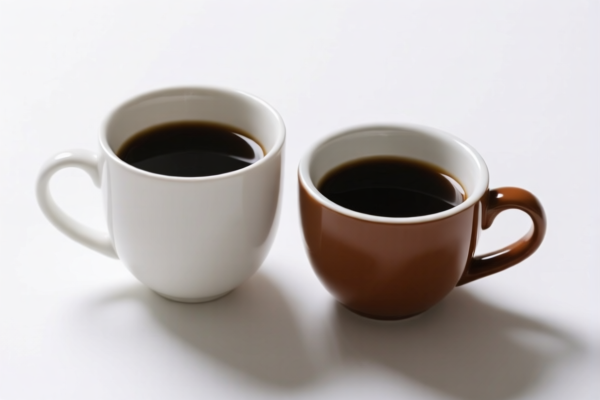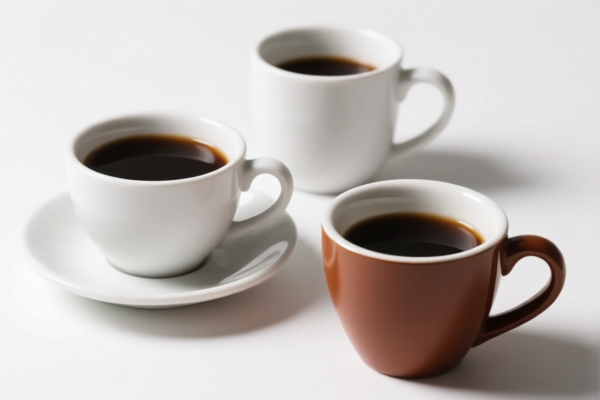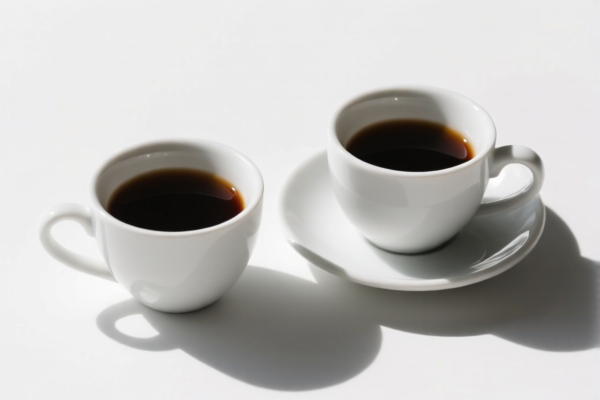| HS Code | Official Doc | Tariff Rate | Origin | Destination | Effective Date |
|---|---|---|---|---|---|
| 3924102000 | Doc | 44.0% | CN | US | 2025-05-12 |
| 3924104000 | Doc | 33.4% | CN | US | 2025-05-12 |
| 3926901600 | Doc | 40.6% | CN | US | 2025-05-12 |
| 7323995030 | Doc | 55.0% | CN | US | 2025-05-12 |
| 7323999030 | Doc | 83.4% | CN | US | 2025-05-12 |
| 7326908688 | Doc | 82.9% | CN | US | 2025-05-12 |
| 6911104100 | Doc | 36.3% | CN | US | 2025-05-12 |
| 6911108010 | Doc | 58.3% | CN | US | 2025-05-12 |
| 6912004500 | Doc | 34.5% | CN | US | 2025-05-12 |
| 6912005000 | Doc | 36.0% | CN | US | 2025-05-12 |




Dessert Cups
Dessert cups are small, individual serving dishes specifically designed for holding desserts. They are typically used for presentation and portion control, often employed in both home and commercial settings.
Material
Dessert cups are manufactured from a variety of materials, each offering distinct characteristics:
- Glass: Provides a clear view of the dessert layers. Durable and reusable, but can be fragile. Available in tempered glass for increased resistance to thermal shock.
- Plastic: Lightweight and inexpensive. Suitable for single-use or disposable applications. Available in various colors and designs. Common plastics include polypropylene (PP) and polystyrene (PS).
- Paper: Biodegradable and compostable options are available. Primarily used for single-use events. Often coated with a wax or plastic lining to prevent leakage.
- Ceramic/Porcelain: Offers a more elegant presentation. Durable and reusable, but heavier and more prone to breakage than glass or plastic.
- Stainless Steel: Durable and reusable, often used for more formal settings or desserts requiring temperature control (e.g., frozen mousse).
Purpose
The primary purpose of dessert cups is to serve and present desserts in a visually appealing manner. They facilitate individual portioning, enhancing the dining experience.
Function
Dessert cups function as containers for a wide range of desserts, including:
- Layered Desserts: Parfaits, trifles, puddings, mousses, and fruit salads.
- Custards and Puddings: Allowing for neat presentation of these softer desserts.
- Ice Cream and Sorbets: Providing a convenient serving vessel.
- Small Cakes and Pastries: Holding individual portions of miniature desserts.
Usage Scenarios
- Home Dining: Serving desserts at family meals, parties, or special occasions.
- Restaurants and Cafes: Presenting desserts on menus.
- Bakeries and Patisseries: Showcasing individual desserts for sale.
- Catering Events: Providing pre-portioned desserts for large gatherings.
- Parties and Events: Convenient and disposable options for easy serving and cleanup.
Common Types
- Clear Plastic Cups: Versatile and inexpensive, often used for disposable applications.
- Glass Parfait Cups: Tall and narrow, ideal for layered desserts.
- Mini Dessert Cups: Small cups, suitable for individual portions of cakes, mousses, or puddings.
- Shot Glasses (Dessert Size): Small glass cups often used for layered desserts or miniature cheesecakes.
- Paper Cups with Lids: Convenient for takeout or events, often used for single-use desserts.
- Stemmed Dessert Cups: Offers a more elegant presentation, often used for formal events.
- Reusable Plastic Cups: Durable and washable, offering a more sustainable alternative to disposable options.
Based on the provided information, “dessert cups” can be classified under several HS codes, depending on the material composition. Here’s a breakdown:
- 6911104100: This code covers tableware and kitchenware made of porcelain or china, specifically “Steins with permanently attached pewter lids, candy boxes, decanters, punch bowls, pretzel dishes, tidbit dishes, tiered servers, bonbon dishes, egg cups, spoons and spoon rests, oil and vinegar sets, tumblers and salt and pepper shaker sets”. Dessert cups made of porcelain or china would fall under this classification. The first two digits (69) indicate the chapter for ceramic products. The first four digits (6911) represent tableware and kitchenware of porcelain or china. The final two digits (4100) specify a more detailed category including various items like steins and candy boxes.
- 6911108010: This code also covers tableware and kitchenware of porcelain or china, but is more general, specifying “Other: Other: Other: Other Suitable for food or drink contact”. If the dessert cups are made of porcelain or china and don’t fit the specific categories in 6911104100, this code may be applicable. The tariff rate is 6.3% basic tariff, 0.0% additional tariff, and 30% additional tariff after April 2, 2025.
- 6912004500: This code covers ceramic tableware, kitchenware, and other household articles not made of porcelain or china. Specifically, it includes “Cups valued over $5.25 per dozen; saucers valued over $3 per dozen; soups, oatmeals and cereals valued over $6 per dozen; plates not over 22.9 cm in maximum diameter and valued over $6 per dozen; plates over 22.9 but not over 27.9 cm in maximum diameter and valued over $8.50 per dozen; platters or chop dishes valued over $35 per dozen; sugars valued over $21 per dozen; creamers valued over $15 per dozen; and beverage servers valued over $42 per dozen”. If the dessert cups are ceramic but not porcelain or china, and meet the value criteria listed, this code is applicable.
- 6912005000: This code covers “Other” ceramic tableware, kitchenware, and other household articles not made of porcelain or china. If the dessert cups are ceramic but not porcelain or china and do not meet the specific value criteria in 6912004500, this code may be applicable.
Important Note: For HS codes 6911104100 and 6911108010, the tariff rate will change after April 2, 2025, with an additional tariff of 30% being applied.
Suggestion: When declaring dessert cups under HS codes 6912004500 or 6912005000, it is important to accurately determine the material composition (ceramic vs. porcelain/china) and the value per dozen to ensure correct classification.
Customer Reviews
No reviews yet.